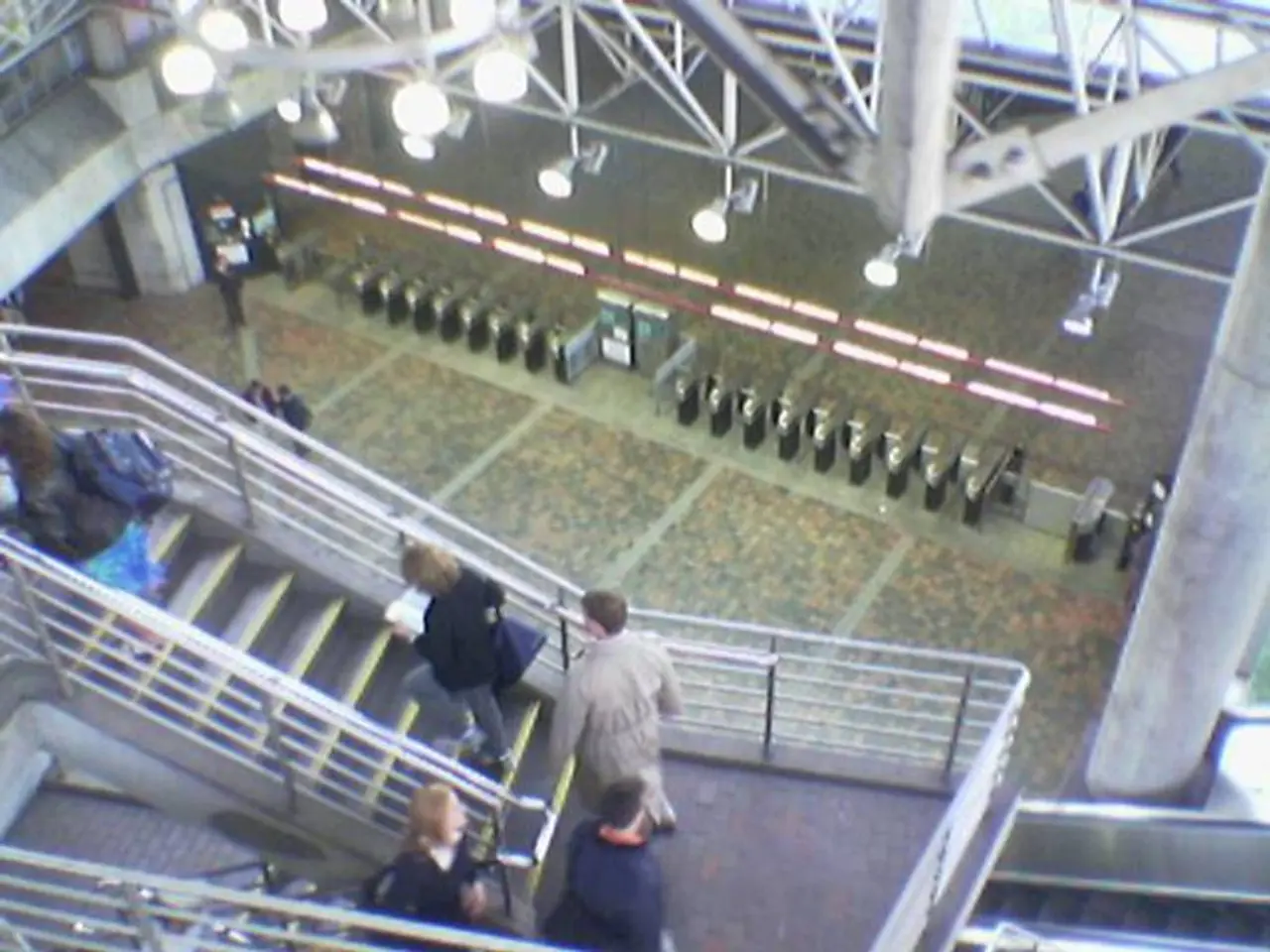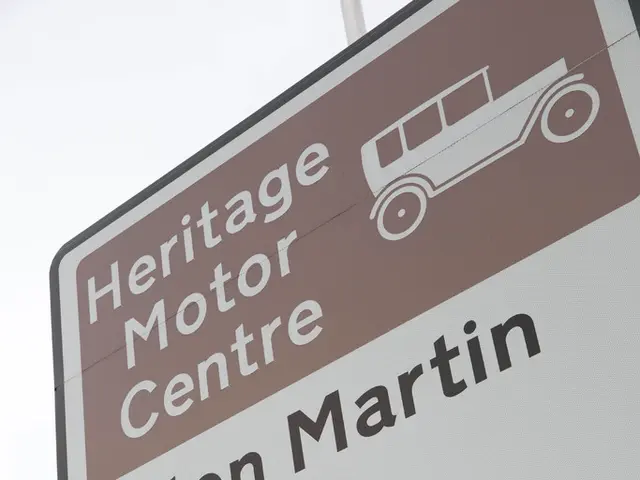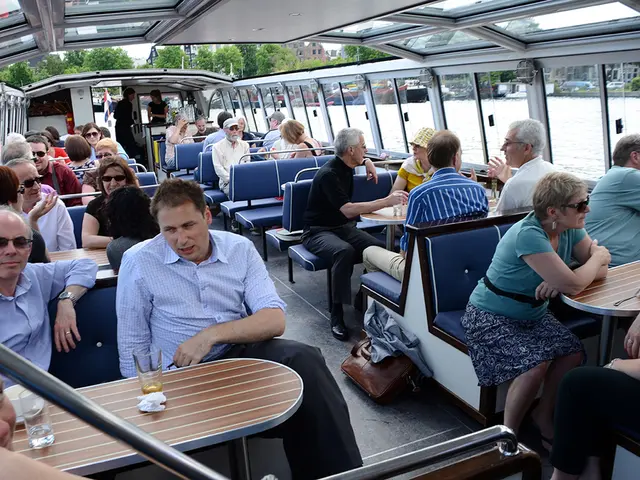Enhancing eVTOL Connectivity through the "Follow-The-Wire" Approach
The electric vertical takeoff and landing (eVTOL) industry is witnessing rapid advancements, with the follow-the-wire (FTW) approach playing a significant role in optimizing connectivity solutions for these innovative aircraft. This methodology, focused on precise and efficient wiring design, is crucial for balancing performance, weight, and reliability.
### Streamlining eVTOL Connectivity
The complexity of eVTOL systems, involving high voltages, high-power peak outputs, and low-voltage, high-bandwidth connectivity for mission systems and in-flight entertainment, is managed effectively using the FTW methodology. By allowing precise design and routing of cables and connectors that meet strict aerospace standards without unnecessary bulk or weight, this approach ensures improved reliability, SWaP optimization, and enhanced system integration.
### Overcoming Challenges in FTW Implementation
Despite its benefits, the FTW approach faces challenges related to design complexity, certification demands, component integration, and evolving system requirements. Designing and implementing the FTW method requires a detailed and systems-level understanding of all wiring routes, loads, and environmental factors influencing the aircraft’s electrical systems. This increased engineering burden necessitates advanced tools and skilled personnel.
Aerospace certification authorities demand rigorous safety and reliability standards, making comprehensive validation and testing necessary to prove that optimized wiring configurations meet all regulatory requirements. Selecting connectors and cabling that are both optimized for FTW and compliant with aerospace standards may face limitations due to availability or compatibility, potentially slowing down development.
As eVTOLs incorporate innovative battery systems, power electronics, and avionics, ensuring that FTW connectivity solutions adapt seamlessly to evolving technologies requires continuous updates to design methodologies.
### The Future of FTW in eVTOLs
The FTW approach offers a strategic advantage for optimizing connectivity in eVTOLs, addressing challenges related to reliability, redundancy, and integration. By focusing on precise, efficient wiring design, the FTW approach will continue to play a vital role in advancing the electric aviation sector, particularly in areas such as power distribution, avionics, flight control and navigation, and infotainment and cabin interior power.
As the eVTOL industry continues to grow, it is essential that engineering teams carefully plan and coordinate their efforts to overcome the challenges associated with the FTW implementation, ultimately delivering safer, more efficient, and more reliable electric aircraft.
[1] SAE International, Electrified Propulsion working group E-40, AE-8: Electrical Wiring Interconnect Systems (EWIS) standards, AE-7: Electrical Power & Equipment group, AE-7D: Energy Storage and charging committee [4] TE Connectivity, Advancements in eVTOL connectivity solutions, 2021
- The renewable-energy sector is witnessing a parallel surge, as the eVTOL industry, with its focus on innovative aircraft, benefits from optimized connectivity solutions thanks to the 'follow-the-wire' (FTW) approach.
- The finance industry is closely monitoring the eVTOL industry's advancements, with the FTW methodology demonstrating potential for increasing reliability and improving system integration – factors that could attract investment.
- The FTW approach, integral to the eVTOL industry, necessitates lifestyle adjustments, as it requires an advanced systems-level understanding of electrical systems, demanding skilled personnel and demanding increased engineering burden.
- In the realm of fashion-and-beauty, eVTOLs could entail changes in personal-finance management, as their development, particularly related to the FTW methodology, might prompt the need for flexible financing options and innovative investment strategies.
- The food-and-drink industry could potentially be impacted by eVTOLs, as they might reduce carbon emissions and contribute to sustainable energy, further aligning with the growing consumer interest in environmentally friendly products.
- Choosing appropriate components, such as connectors and cabling that cater to the FTW approach while adhering to aerospace standards, necessitates careful consideration in the realm of real-estate, where minimizing the impact on surrounding infrastructure is crucial.
- As the home-and-garden sector continues to prioritize energy efficiency, advances in eVTOL technology, including the FTW approach, could create new opportunities for lowering carbon emissions and promoting a sustainable lifestyle.
- The business community, especially careers in the technology sector, would benefit from innovations stemming from the eVTOL industry and the demanding FTW approach, as it offers a strategic advantage in areas such as power distribution, avionics, and flight control.
- The sports world, particularly in the European leagues and Premier League, could evolve with eVTOL technology, as the FTW approach's focus on reliability and efficiency could potentially result in safer and more efficient transportation for players and equipment.





